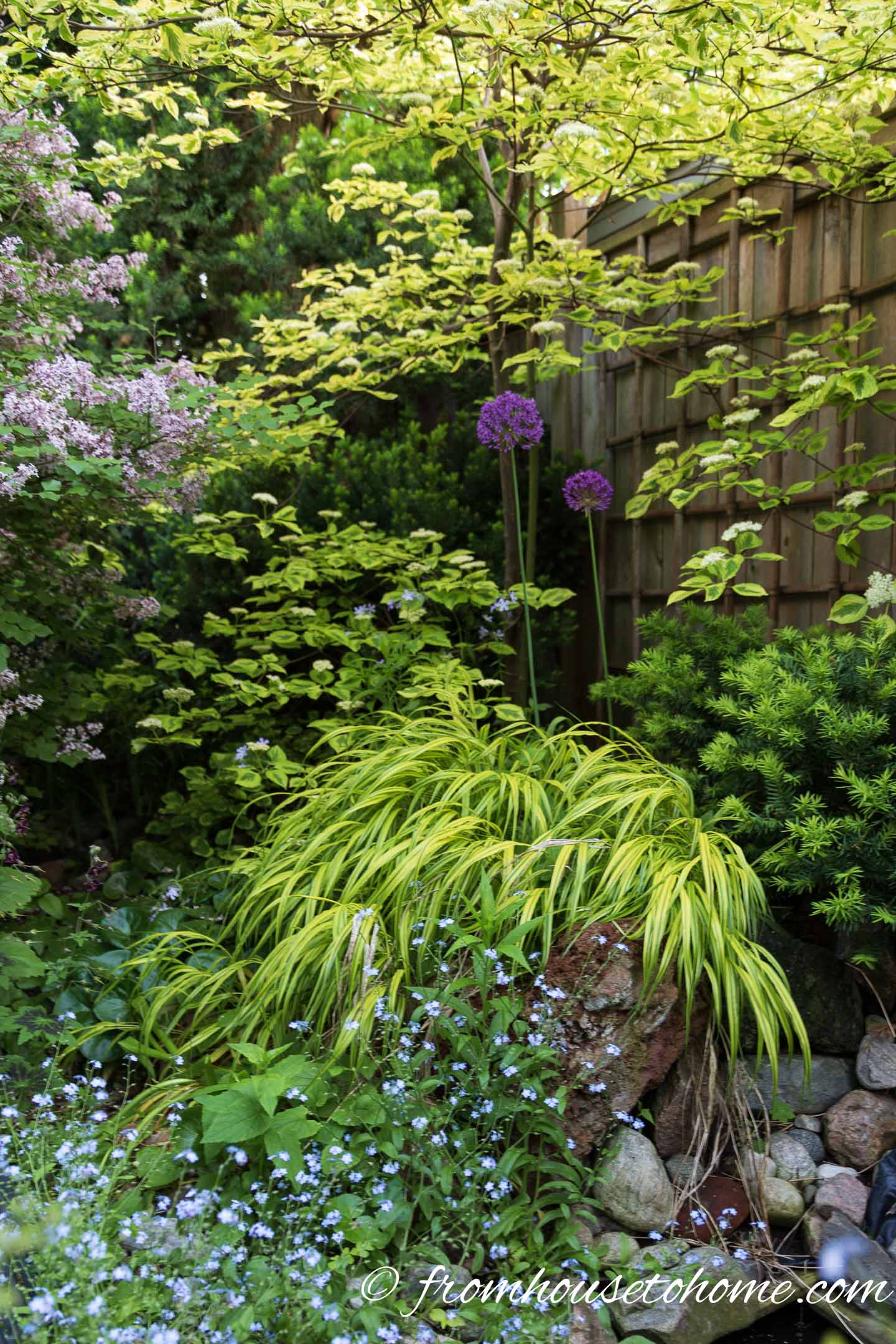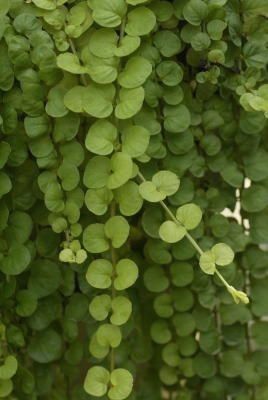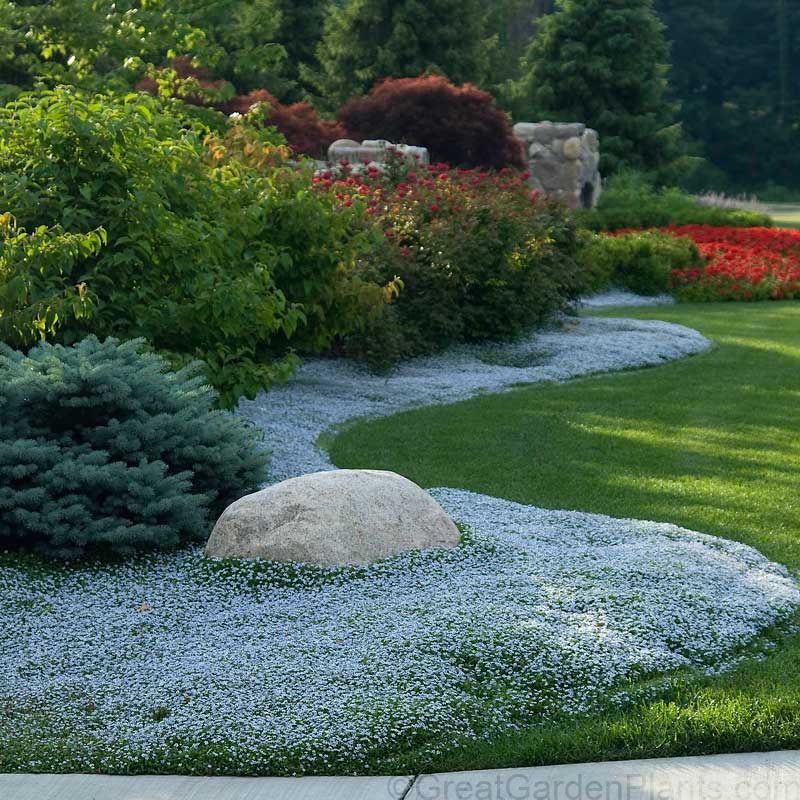
Shade ground cover plants for your yard
Shade Ground Cover Plants for Your Yard When it comes to landscaping, one of the most overlooked yet crucial aspects is choosing the right ground cover plants, especially for those shaded areas in your yard. The beauty of a well-maintained garden lies not just in the vibrant blooms but also in the lush, verdant ground […]
Shade Ground Cover Plants for Your Yard
When it comes to landscaping, one of the most overlooked yet crucial aspects is choosing the right ground cover plants, especially for those shaded areas in your yard. The beauty of a well-maintained garden lies not just in the vibrant blooms but also in the lush, verdant ground cover that ties the entire landscape together. In this article, we’ll explore a selection of shade ground cover plants that can transform your shaded areas into stunning, eye-catching spaces. These versatile plants not only add aesthetic appeal to your garden but also offer practical benefits such as weed control and moisture retention.
Why Choose Shade Ground Cover Plants?

Shade ground cover plants are the unsung heroes of your garden. They serve a multitude of purposes that extend far beyond mere aesthetics. Here are some compelling reasons why you should consider these remarkable plants for your yard:
1. Weed Suppression
Shade ground cover plants create a dense, low-lying carpet of foliage that effectively outcompetes and suppresses weeds. This not only reduces the time and effort you spend on weeding but also minimizes the need for chemical weed control, making your garden more environmentally friendly.
2. Moisture Retention
The thick foliage of shade ground cover plants acts as a natural mulch, helping to retain moisture in the soil. This is particularly beneficial in shaded areas where the soil tends to dry out more slowly. The added moisture retention can save you money on watering and keep your plants healthier during dry spells.
3. Erosion Control
In sloped or uneven areas of your yard, erosion can be a concern. Shade ground cover plants with their intricate root systems help stabilize the soil, preventing erosion and soil loss. This is vital for the long-term health of your garden and the structural integrity of your landscape.
4. Temperature Regulation
Shaded areas often experience temperature fluctuations, and shade ground cover plants can help moderate these extremes. They provide a cooling effect during hot summer days and offer some protection against frost in colder months, creating a more stable microclimate for your garden.
Top Shade Ground Cover Plants

Now, let’s dive into the world of shade ground cover plants that can elevate the appeal of your garden while providing these practical benefits:
1. Vinca Minor (Periwinkle)
Vinca Minor, commonly known as periwinkle, is a classic shade ground cover choice. Its glossy green leaves and delicate blue or white flowers make it a charming addition to your garden. This plant is exceptionally low-maintenance and thrives in shady areas. It’s also effective at suppressing weeds and retaining moisture.
2. Pachysandra Terminalis (Japanese Spurge)
Japanese spurge, or Pachysandra Terminalis, is another excellent choice for shade ground cover. Its dark green, evergreen leaves create a lush carpet, and it’s well-suited to the low-light conditions of shaded areas. This plant is known for its exceptional ability to control erosion.
3. Lamium (Dead Nettle)
Lamium, or dead nettle, is a ground cover plant with variegated leaves and small, colorful flowers. It’s a perfect choice for brightening up those dark corners of your garden. Lamium is also an effective weed suppressor and requires minimal care.
4. Hosta
Hostas are beloved for their bold, textured leaves that come in various shades of green, blue, and variegated patterns. They thrive in shade and add a touch of elegance to your garden. Hostas are known for their remarkable moisture retention properties.
5. Tiarella (Foamflower)
Tiarella, or foamflower, is a native North American plant with unique, foam-like flower spikes. It’s a great choice for adding a pop of color to your shaded areas. Tiarella is also excellent at preventing erosion with its fibrous root system.
6. Ajuga (Bugleweed)
Ajuga, or bugleweed, is a ground cover plant with striking foliage and small, spiky flowers. It’s well-suited for both partial and full shade, making it a versatile choice. Ajuga is also known for its ability to reduce weed growth.
Planting and Maintenance Tips

When it comes to successfully incorporating shade ground cover plants into your garden, here are some essential tips:
- Planting: Ensure you prepare the soil properly by amending it with organic matter and providing adequate drainage. Follow the recommended spacing for your chosen ground cover plants to allow them to fill in over time.
- Watering: While these plants are excellent at retaining moisture, they still require regular watering, especially during the establishment phase. Once they are established, reduce the frequency of watering.
- Mulching: Consider adding a layer of organic mulch around your ground cover plants to further enhance moisture retention and weed suppression.
- Pruning: Periodically trim or prune your ground cover plants to maintain their desired shape and encourage healthy growth.
- Fertilization: Use a balanced, slow-release fertilizer to promote steady growth and vibrant foliage.
- Regular Inspections: Keep an eye out for any signs of pests or diseases, especially in shaded areas where these issues can be more common. Early detection is key to preventing problems.
FAQs About Shade Ground Cover Plants

Q1: Are shade ground cover plants suitable for all types of shade?
A1: Shade ground cover plants vary in their tolerance for different types of shade. Some can thrive in deep shade, while others prefer dappled or partial shade. It’s essential to choose plants that match the specific lighting conditions in your yard.
Q2: How do I choose the right shade ground cover plants for my garden?
A2: Consider factors such as the level of shade, the moisture content of the soil, and the aesthetic you want to achieve. Consult with a local nursery or garden expert for personalized recommendations.
Q3: Can I combine different shade ground cover plants in my garden?
A3: Absolutely! Combining different ground cover plants can create a visually interesting and dynamic landscape. Just ensure that the plants you choose have similar light and water requirements.
Q4: How long does it take for shade ground cover plants to establish and fill in the area?
A4: The time it takes for ground cover plants to establish can vary depending on the species and environmental conditions. Some may take a season or two, while others can take several years to fill in completely.
In conclusion, shade ground cover plants are a valuable addition to any garden. They offer not only a stunning visual appeal but also practical benefits, making them an ideal choice for those shaded corners of your yard. By selecting the right plants and following proper care and maintenance, you can transform your shaded areas into vibrant, low-maintenance, and eco-friendly spaces. Enhance the beauty and functionality of your garden with these versatile shade-loving plants.
tag
- chicken feed
- how to Keep Chickens Off Your Porch
- How to grow oyster mushrooms at home
- Growing Kale in Pots







